Switching to a stream-only home?
The Pros and Cons of Cord Cutting
Before you determine whether streaming is the right option for you and your household, take a look at some of the advantages and disadvantages of cutting the cord.
Pros
On-the-go Access: Whether you use on-demand streaming services, like Netflix, or the streaming app offered by a cable provider, you can watch from your phone, tablet, or other device.
Wide Selection: The streaming option offered by cable providers like Spectrum often includes on-demand content, giving you access to a wider range of shows and movies than you would typically get with a cable connection.
Cons
Requires Internet: In order to stream content, you must have an Internet connection that offers enough speed. With the affordability of Internet service, this isn’t a major issue for most households. Though if it is, there are low-cost Internet options available.
Internet Data Caps: Though this is not an issue for most households, depending on your Internet plan, having multiple users stream hours and hours of 4K content each month could cause you to exceed your data limit.
Understanding the Cord Cutting Process
-
Assess Your Needs: Start by listing the channels, shows, and programs you can't live without. While most channels will be available to stream through your area’s top cable providers, others may require add-ons or on-demand streaming services, like Hulu or Disney+.
-
Find the Right Home Internet Connection: Since streaming relies on a stable Internet connection, you'll need to ensure you have an adequate plan with enough bandwidth. Check with the Internet service providers in your area for options that offer fast, reliable, and unlimited data plans. You will also need to make sure you have a router that can handle your new Internet needs.
-
Choose Your Streaming Services: You have an incredible amount of streaming options out there. For live TV, choose a cable provider that offers streaming packages, or opt for something like Hulu + Live TV or YouTube TV. For on-demand shows and movies, the most popular options include Netflix, Amazon Prime Video, Disney+, Starz, Max, and more. Compare streaming services to determine what’s right for you.
Once you've selected your services and set up your equipment, it's time to sit back, relax, and enjoy your favorite shows, movies, sports, news, and more. For more information on this process, see our Guide to Streaming.











